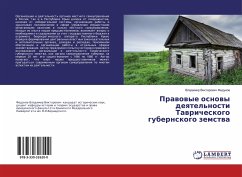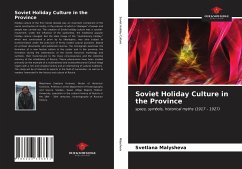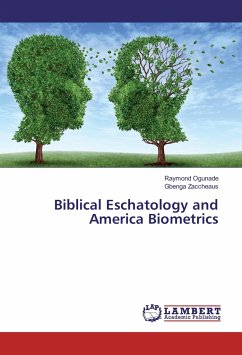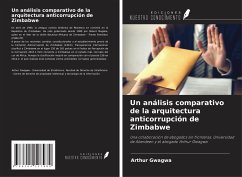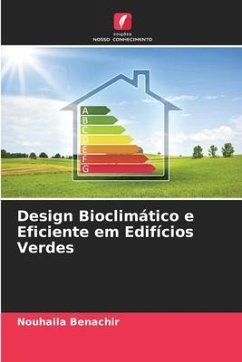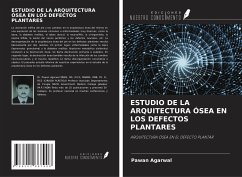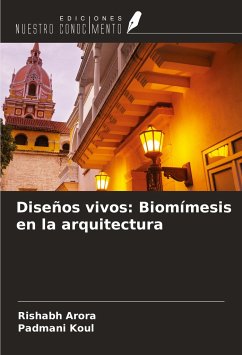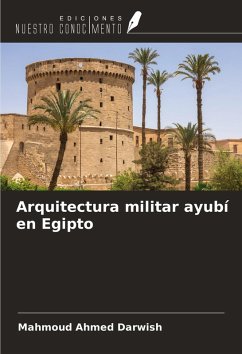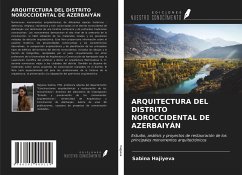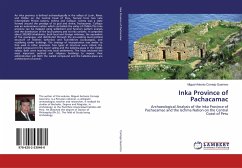
Inka Province of Pachacamac
Archaeological Analysis of the Inka Province of Pachacamac and the Ischma Nation on the Central Coast of Peru
Versandkostenfrei!
Versandfertig in 6-10 Tagen
38,99 €
inkl. MwSt.

PAYBACK Punkte
19 °P sammeln!
An Inka province is defined archaeologically in the valleys of Lurín, Rímac and Chillón on the Central Coast of Peru, formed from two Late Intermediate Period nations, Ischma and Collique. Ischma was a state formed around the prestige of its god and shrine, Pachacamac. Collique was an autonomous nation which controlled the valley of Chillón.The Inka province can be mapped using settlement and funerary pattern analysis and the distribution of the local pottery and its Inka variants. It comprised about 200,000 inhabitants, both local and foreign mitimaes, the equivalent of five guarangas, an...
An Inka province is defined archaeologically in the valleys of Lurín, Rímac and Chillón on the Central Coast of Peru, formed from two Late Intermediate Period nations, Ischma and Collique. Ischma was a state formed around the prestige of its god and shrine, Pachacamac. Collique was an autonomous nation which controlled the valley of Chillón.The Inka province can be mapped using settlement and funerary pattern analysis and the distribution of the local pottery and its Inka variants. It comprised about 200,000 inhabitants, both local and foreign mitimaes, the equivalent of five guarangas, and distributed through the pre-existing local political structure of Districts (señoríos) and Sub-districts (curacazgos), and reutilising earlier buildings. The strategy of incorporation was similar to that used in other provinces. Two types of structure were critical, the walled compound in the lower valleys and the kallanka-plaza in the middle valleys. Both were inserted into local settlements.The Inkas enclosed the most important political and religious buildings to impose their administrative will. Both the walled compound and the kallanka-plaza are architectures of power.



